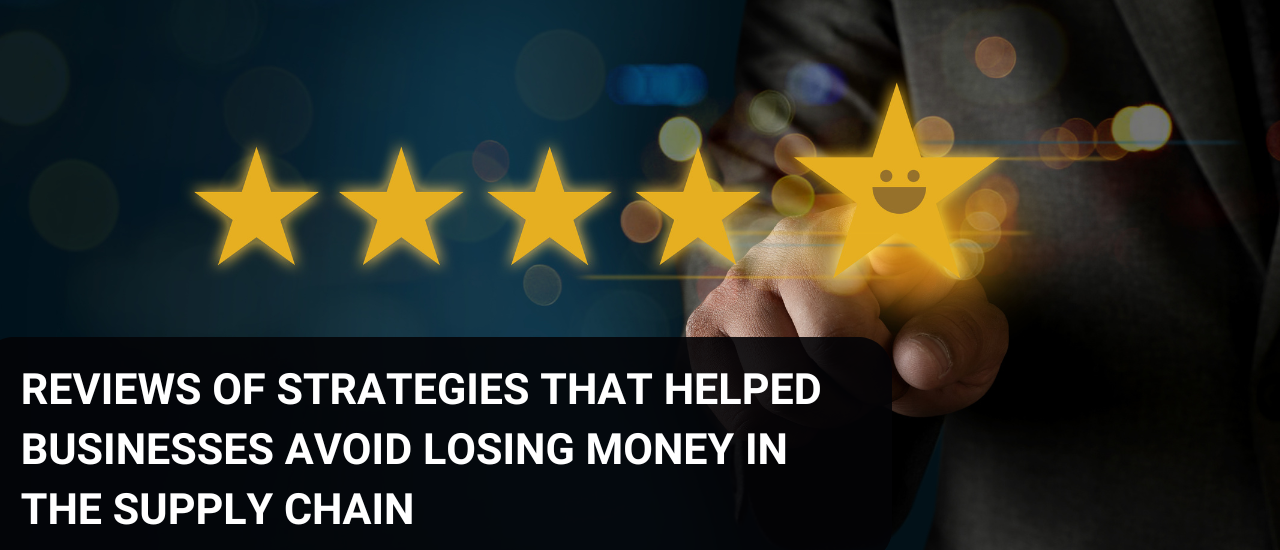In today’s volatile business landscape, supply chain disruptions have become a major source of concern for companies across industries. From geopolitical tensions and natural disasters to cybersecurity threats and economic uncertainties, the list of potential risks is ever-growing. However, the fear of these disruptions should not paralyze businesses. Instead, by adopting proactive strategies, companies can build resilient supply chains that can withstand and even thrive in the face of adversity.

Acknowledging the Risks
The first step in overcoming the fear of supply chain disruptions is to acknowledge the various risks that businesses face. According to a report by Moody’s, some of the top supply chain risks include global political unrest, economic and inflationary pressures, climate-driven disruptions, non-compliance with ESG regulations, cyber threats, and product/raw material shortages.
For example, the COVID-19 pandemic exposed the vulnerabilities of global supply chains, leading to widespread shortages of critical goods and materials. Similarly, the ongoing trade tensions between the United States and China have created uncertainty and disruptions for companies relying on cross-border trade. Businesses that fail to recognize these risks and plan accordingly are more likely to suffer significant financial losses when disruptions occur.
Embracing Flexibility and Agility
One of the key strategies for avoiding financial losses in the face of supply chain disruptions is to build flexibility and agility into your operations. This means having the ability to quickly adapt to changing circumstances and implement alternative plans when necessary.
For instance, a manufacturing company that relies on a single supplier for a critical component may be at risk of production delays or shutdowns if that supplier experiences a disruption. By diversifying their supplier base and maintaining relationships with multiple vendors, the company can quickly shift to alternative sources if one supplier is unable to fulfill orders.
Similarly, companies can leverage advanced technologies like cloud-based supply chain management software, real-time tracking, and AI-powered forecasting to enhance their visibility and responsiveness to changes in the supply chain. This allows them to anticipate and mitigate risks more effectively, reducing the financial impact of disruptions.
Strengthening Supplier Relationships
Another crucial strategy for building supply chain resilience is to strengthen relationships with suppliers and other partners. By fostering open communication, transparency, and collaboration, businesses can better understand the risks and challenges faced by their supply chain partners, and work together to develop contingency plans.
For example, a food manufacturer that has a strong relationship with its raw material suppliers may be able to secure priority access to critical ingredients during a shortage, ensuring that its production can continue uninterrupted. Conversely, a company that treats its suppliers as mere transactional partners may find it more difficult to secure alternative sources or negotiate favorable terms during a crisis.
Embracing Sustainability and Circularity
In addition to flexibility and supplier relationships, businesses can also enhance their supply chain resilience by embracing sustainability and circularity principles. This involves reducing reliance on finite resources, minimizing waste, and implementing closed-loop systems that enable the reuse and recycling of materials.
For example, a clothing retailer that sources its raw materials from sustainable and ethical suppliers may be less vulnerable to disruptions caused by environmental degradation or labor issues. Similarly, a manufacturer that designs its products for disassembly and reuse can mitigate the impact of raw material shortages and reduce its exposure to price fluctuations.
Investing in Digital Transformation
Finally, businesses can leverage digital technologies to enhance their supply chain resilience and reduce the fear of disruptions. By implementing cloud-based supply chain management systems, advanced analytics, and automation, companies can gain greater visibility, agility, and efficiency in their operations.
For instance, a logistics company that uses real-time tracking and AI-powered route optimization can quickly reroute shipments in response to unexpected events, such as natural disasters or traffic congestion. Similarly, a manufacturer that integrates its production planning with supplier data and customer demand can better anticipate and respond to changes in the market.
Conclusion
The fear of supply chain disruptions is a valid concern for businesses of all sizes, but it should not be a paralyzing force. By embracing strategies that promote flexibility, agility, collaboration, sustainability, and digital transformation, companies can build resilient supply chains that can withstand and even thrive in the face of adversity.

